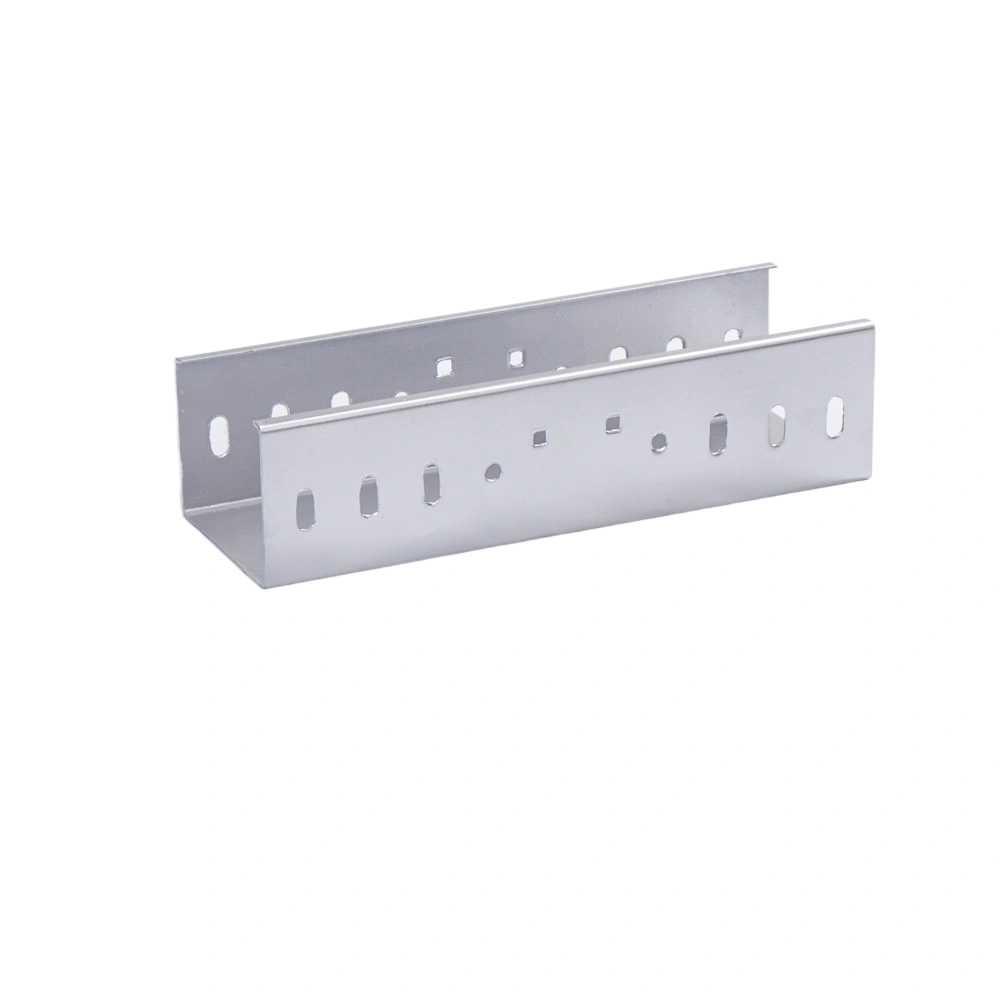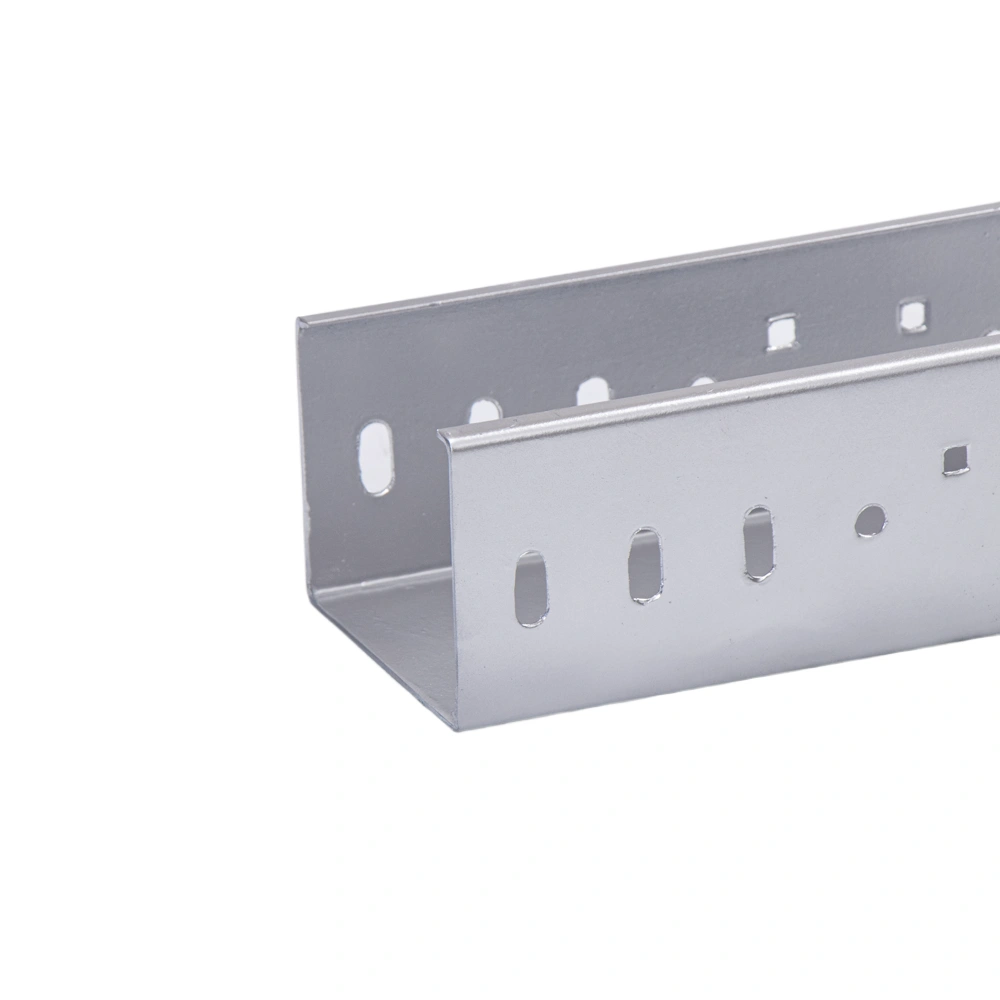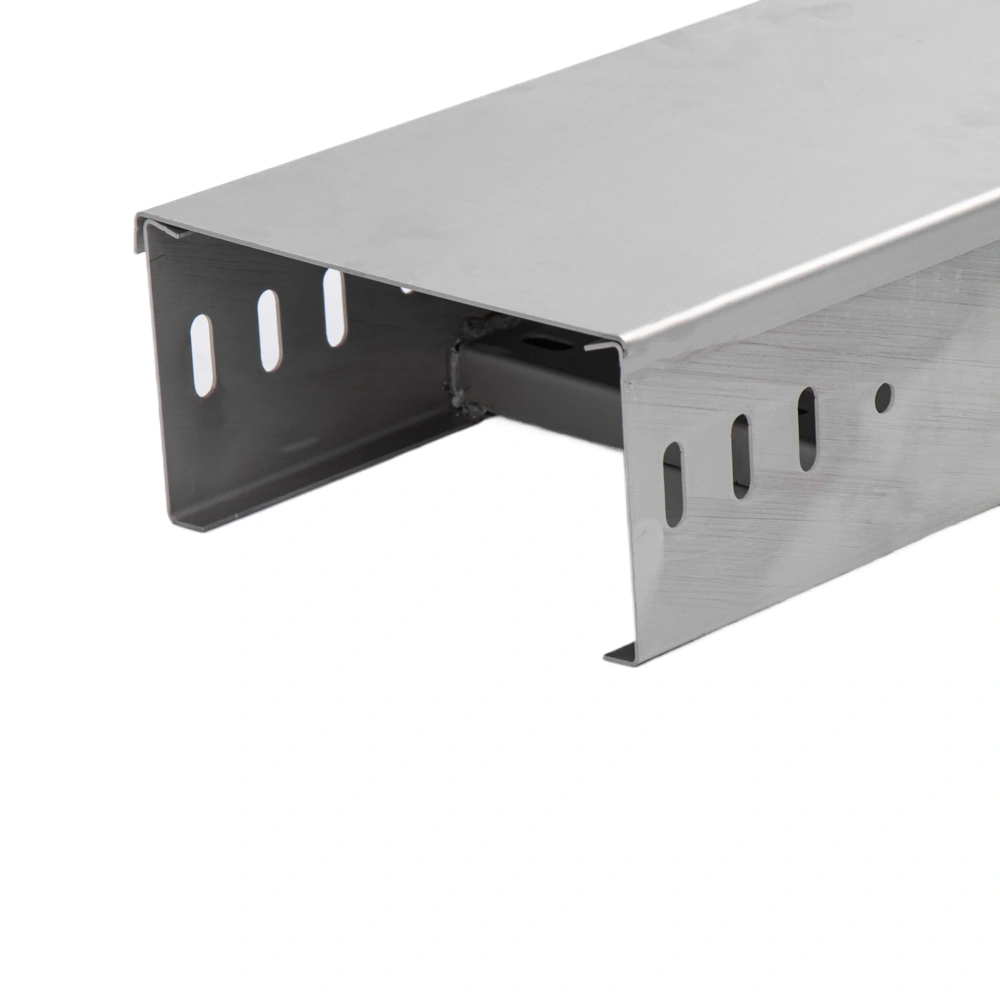What are the advantages of trunking cables?

Cable trunking, a popular method of cable management, offers numerous advantages over alternative cable routing systems, particularly in terms of organization, accessibility, flexibility, and aesthetics. This approach involves using open or semi-enclosed channels, typically mounted on walls, floors, or ceilings, to house and protect cables and wires. Below are some key advantages of trunking cables: […]
What is the difference between cable ducting and cable trunking?

Cable ducting and cable trunking are two distinct methods of cable management used in electrical installations to organize, protect, and route cables and wires efficiently. While both serve similar purposes, there are fundamental differences in their design, application, and installation methods. Understanding these differences is crucial when planning an electrical infrastructure to ensure optimal cable […]
Does aluminum cable tray need to be grounded?

The question of whether aluminum cable trays need to be grounded is a crucial aspect of electrical installations, as it pertains to safety and adherence to electrical codes. Grounding, also known as earthing, is the process of connecting a conductor to the earth to provide a low-resistance path for fault currents, protecting against electrical shock […]
What is the best material for cable trays?

Cable trays are essential components in modern electrical installations, providing a structured pathway for routing cables and wires safely and efficiently. The choice of material for cable trays significantly impacts their durability, performance, and cost-effectiveness. Several materials are commonly used, each with its own advantages and limitations. In determining the ‘best’ material, factors such as […]

